Written and illustrated by debut graphic novelist Anna Meyer, Saint Catherine launched First Second’s new adult-focused imprint, 23rd Street Books, in April 2025.
As Meyer’s debut graphic novel, Saint Catherine struck the perfect balance, seamlessly weaving together spiritual introspection and bold visual storytelling to tell a story that’s partly inspired by the author’s own life and partly inspired by the life of Catherine of Siena, a visionary, activist, and rebel nun whose voice defied the constraints of her time. Through meticulous (and life-long) research, personal experience, and expressive, almost haunting illustrations, Meyer brings Catherine’s fervent faith and complex humanity to a contemporary audience in a way that’s refreshingly human. Whether you’re into comics, history, trauma narratives, or just love a good story about someone who broke all the rules, Saint Catherine is for you.
At San Diego Comic-Con 2025, The Beat caught up with Meyer to explore the history of Saint Catherine, the challenges of adapting Christian mythology for modern readers, and how personal vision meets historical record on the page.
This interview has been edited for length and clarity.
 Photo Credit: Ollie Kaplan
Photo Credit: Ollie KaplanOLLIE KAPLAN: Could you please introduce yourself to our readers and tell us about your journey as a creator?
ANNA MEYER: My name is Anna Meyer. I’m a cartoonist, author, and designer. I’ve been making comics and cartoons ever since I was little to get the ideas in my head down on paper. Professionally, I’ve worked mainly as a graphic designer, but I was always making web comics or little comics at home, for myself. This is my first full graphic novel, my debut, called Saint Catherine, and this new era in my career has been exciting. So, again, comics, they’ve always been a part of me, but now I’m stepping into this more professional and public role.
KAPLAN: How did that even come together? Because not only is this your debut, it’s also the debut of the imprint.
MEYER: So, the journey of this book is great. I love the journey. I started it as a webcomic, and I just made a website where I posted a page a week, every Sunday, which fits with the book’s theme. Then, a year after doing that, I discovered WEBTOON, so I also started posting on WEBTOON. My book’s editor, Kiara Valdez, found it on Twitter and asked me to pitch it for First Second. I did, and it got acquired, which was exciting. I took it as an opportunity to start from scratch and start the book, benefiting the story. While I was making it, they told me they’re starting this new imprint called 23rd Street Books that focuses on adult graphic novels and that my book would be a part of it. Then, it wasn’t even until publication that I found out it’s actually going to be the debut title, and it’s really special to have my debut also be the debut of this cool new imprint.
KAPLAN: What kind of reaction to the graphic novel have you received?
MEYER: So, people have been liking it. The response has been twofold. Some people are excited about this new imprint, focusing on broader, more creative books for adult graphic novels. However, certain people love how relatable the story itself is. A lot of this story unpacks a lot of religious indoctrination and what that can do to a person, while also just exploring general anxiety and the feeling of guilt. I tried to make it about both of those things to avoid alienating an audience. I think people have also found it fun and entertaining, which is excellent and gives a good feeling.
KAPLAN: Has there been a specific response from what my wife calls the “recovering Catholic” community?
MEYER: Yeah, that’s one. I’ve heard people also call themselves either “lapsed Catholics,” “recovering Catholics,” or I’ve even heard the term “cradle Catholic” for people who were raised Catholic. And this book has found a lovely little home with them, which is sweet.
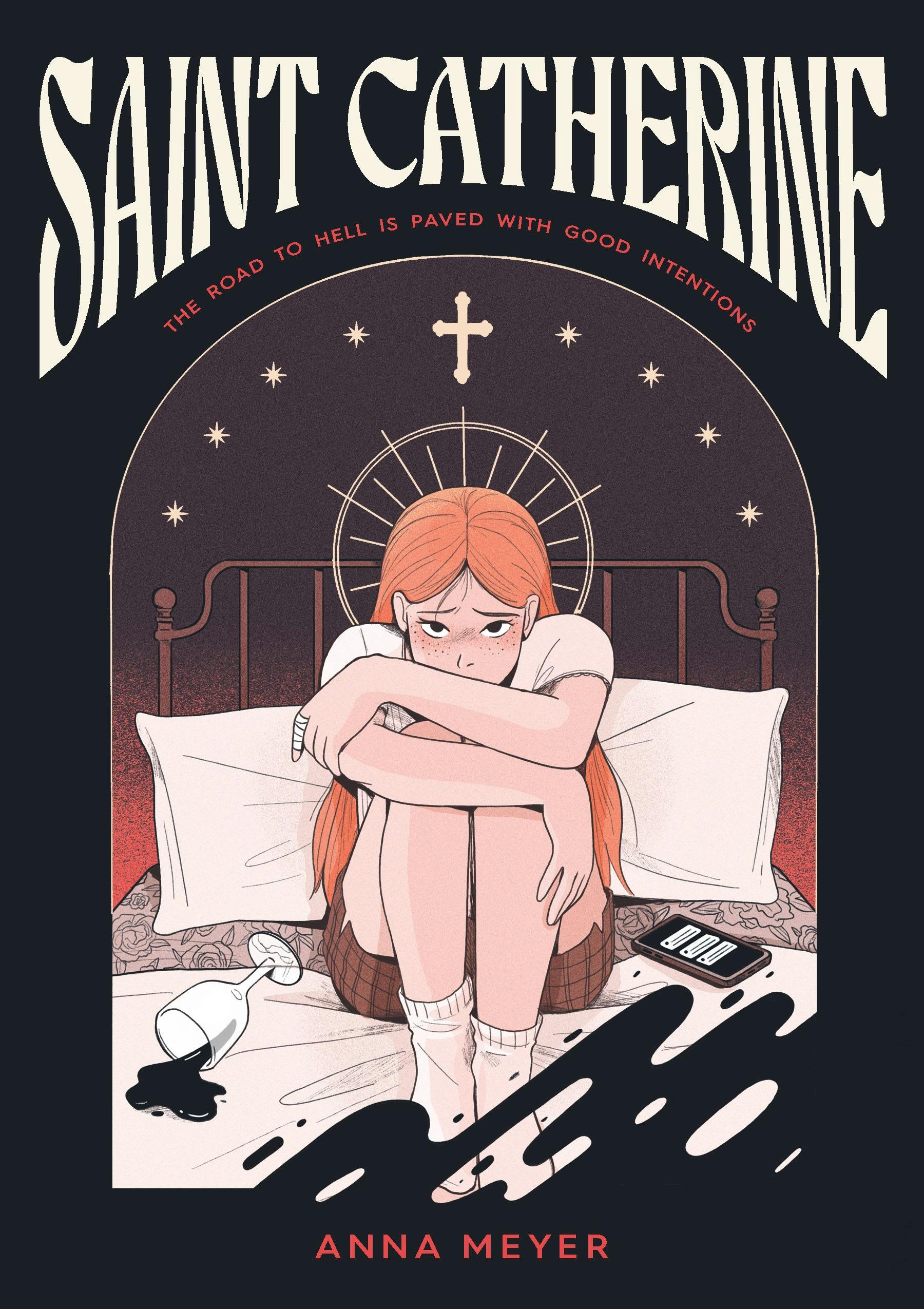 Photo Credit: 23rd Street Books
Photo Credit: 23rd Street BooksKAPLAN: I’ve noticed more graphic novels are exploring religious themes.
MEYER: It’s very timely. We’re in an era where religion is affecting our legislation, and there’s a vast divide, if not schism, to use a word that fits. However, people are very divided regarding religion, so it’s at the forefront of everyone’s mind. That’s why we’re seeing a lot of stories focusing on that topic.
KAPLAN: Schism is the perfect word because even the churches are divided. For example, “Not my Pope” is in the United States now.
MEYER: When a big divide is happening, people turn to stories. They turn to a different way to express those feelings they’re having.
KAPLAN: So, how autobiographical was it?
MEYER: I always say that it’s definitely fictional, but there’s much of my own truth and experience in it. I even dedicated this book to my siblings. I am one of five, and I’m very close to them. I put a lot of little Easter eggs and nods in the book specifically for them, so there’s a lot of my heart and truth in it.
However, I also wanted to write a story for the characters. When I started this, it felt more autobiographical, even though it’s fantastical. The main character gets possessed by a demon, which has not happened to me. But as the story grew, I got to know the characters and fell in love with them. And so, I wanted the story to be for them, and the story took on its own life.
KAPLAN: Since Saint Catherine started as a WEBTOON, you probably got comments. And since you said that, the final graphic novel format changed while adapting it, did those comments influence some of that change?
MEYER: It did a little bit. I tried to trust my gut with this story. Generally, I would get a mixture of positive comments, and then people either say things they didn’t like or give feedback or theories. And as a writer, it’s hard to tune out all that noise. However, instincts and gut are always best to focus on, so I tried to do that with this story. When it was acquired as a graphic novel, I was secluded again. I started creating the adapted version in a vacuum, unlike before, as I was posting it page by page and writing it as I was posting it, which sometimes started to affect it. When I started working on it as a graphic novel, I just had to sit with myself and my editor, which definitely helped tune out the comments.
KAPLAN: Obviously, the graphic novel explores the impact of, as you said, “religious trauma,” but it also works for trauma. Your depiction of the demon, to me, brought to mind a specific therapeutic modality used in trauma treatment. So, what, if any, therapeutic modality specifically inspired it? To me, it seems like Internal Family Systems, where this demon represents these different parts of Catherine that are in conflict with each other.
MEYER: I don’t know it. I wanted to show the messiness.
KAPLAN: According to Internal Family Systems, you have a core self, right? But then, thanks to trauma, these other parts of you, or subpersonalities (managers, firefighters, exiles), can form to protect your core self and keep it safe. These parts are not bad; they’re just trying to do something to keep you safe, just maybe not in the best way. So rather than being about the family system itself, it targets this internal family of your different parts. In your graphic novel, how these sorts of demons visually appear and how they affect the character reminds me of IFS; they’re multifaceted.
MEYER: They grow and change over time; you can see it visually throughout the story. Sometimes, when the character feels more sure of herself, the demon falls back and becomes smaller. Then, when the feelings, anxieties, and doubts grow, the demon also grows. And that can represent that sort of cloudiness that comes when you’re overcome by trauma and fear.
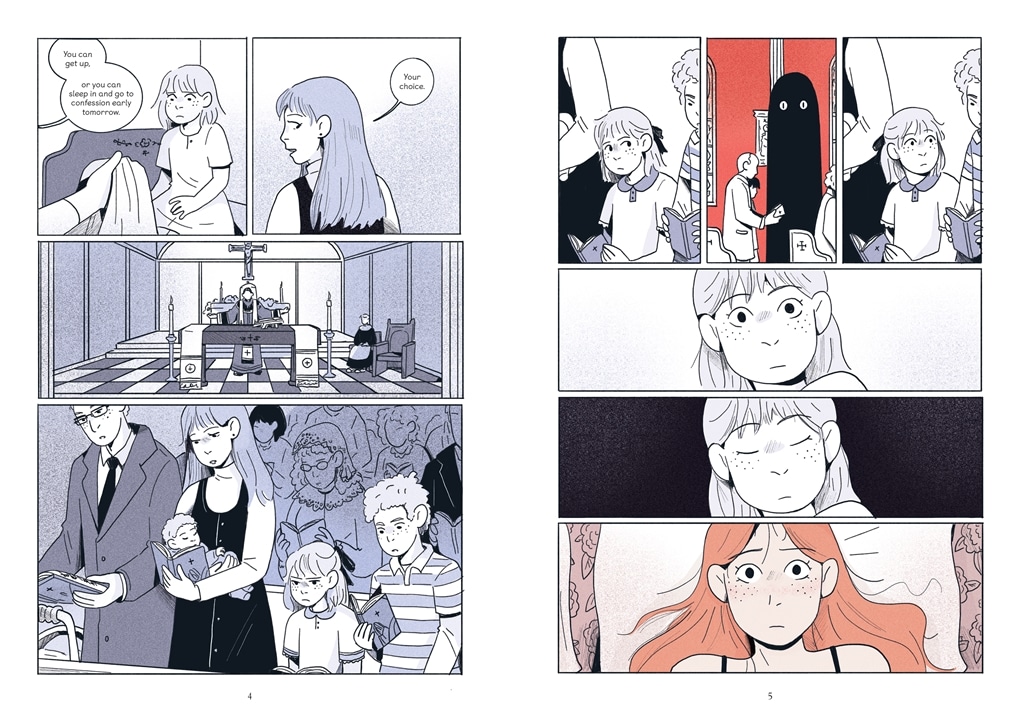 Photo Credit: 23rd Street Books
Photo Credit: 23rd Street BooksKAPLAN: Were there other sources of inspiration? For example, can you elaborate more on your design of the demon, like why you chose to show him that way?
MEYER: Yeah. I decided to show the demon in the way that (1) it was just fun to draw and (2) it was visually striking. One of the visual elements of the demon is this large, all-seeing eye. For me, when people talk about this book, they talk about Catholic guilt, which is there, and the eye represents that. Guilt is a big emotion. Another thing I wanted to explore was paranoia, which other works may not explore or discuss as much. This idea of someone always watching you, and someone always knowing, means that you’re never alone with your thoughts, and so, the eye always watching you grows alongside your thoughts. I wanted to represent that visually through the demon.
KAPLAN: I also want to talk about exorcisms. Do you have any personal experience with exorcisms?
MEYER: Oh, no, but there is a funny story of a very early iteration of this story. When I was doing this web comic, I would also print volumes of it when I would finish 50 or 100 pages. I remember my mom reading the first volume because there’s a part where the character is trying to get an exorcism, and people tell her that she has to pay for it. My mom told me, “Well, the Catholic Church doesn’t charge; it’s free.” Like, any Catholic priest is going to do it for free. So I put that into the story.
I have fond memories of being fascinated by exorcisms and demons. The lore of Christianity is interesting, similar to how Greek mythology thinks of Christianity as its own mythology. I went to the library and checked out a bunch of books on demons and exorcisms, and a few days later, in my room, I found a little prayer card slipped into it. So, maybe that was my mom’s way of adding her exorcism to these books I checked out.
KAPLAN: Was that part of your research process, checking out those books or just for yourself?
MEYER: I was in high school at this point, but it’s always been a fascination. So I’ve always slowly learned and collected information about exorcisms and demonology. As a possession story, demons are a massive part of the story. However, when writing it, I had to decide whether to show an exorcism or have a point where someone is trying to exorcise her, and the more I sat with the story, the more I felt like I wanted to focus on the characters. And so, I felt like it was more important to focus on the characters and their arcs than showing an exorcism that, I think, for the story, wasn’t as interesting as showing the relationship between the main character and these demons.
KAPLAN: Like, you mean that the exorcism would have become the focal point if it happened?
MEYER: Yeah, we often see that with exorcism and demon stories, and it’s great. I love to see it, too. But again, we’re going with my intuition and gut, and I felt I didn’t need it in this story.
KAPLAN: Do you have a favorite pop culture exorcism? Or, a favorite demon?
MEYER: Oh, favorite demon… So, I remember I loved the movie Constantine, which had demons, when I was younger. I also remember The Exorcism of Emily Rose. I liked it, but it was so dark and spooky. And you’ll see in Saint Catherine that there’s a lot of playfulness, and I wanted to add something more fun and playful. I also remember loving this manga, Chrono Crusade, in high school, which was about a nun and a demon who were bonded together. And so, that informed my obsession with demons at a younger age.
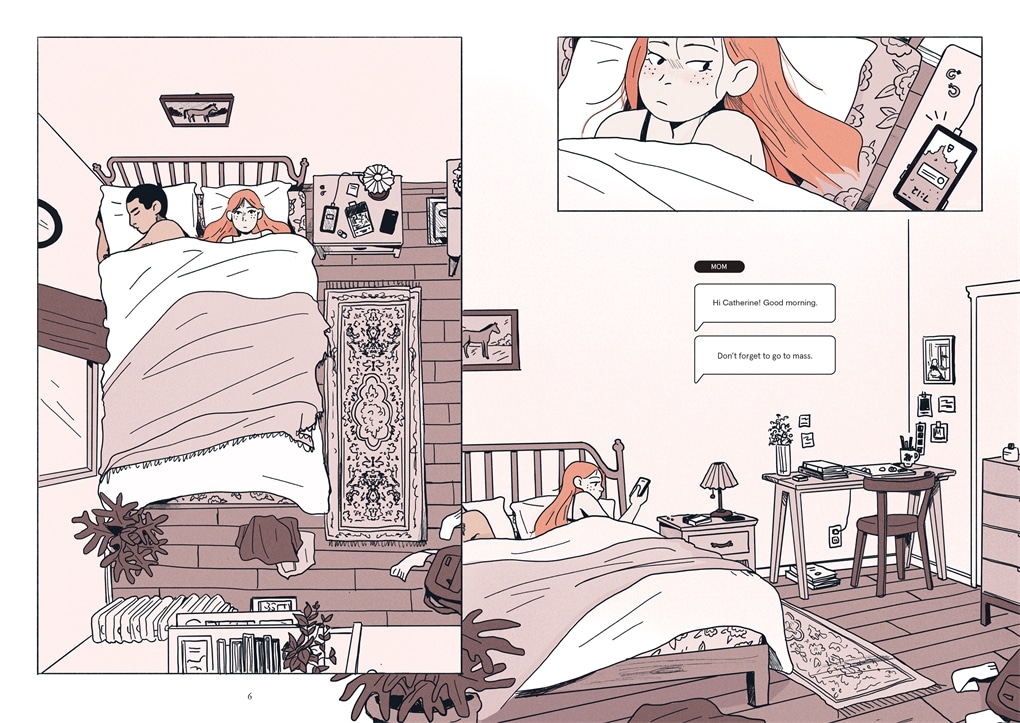 Photo Credit: 23rd Street Books
Photo Credit: 23rd Street BooksKAPLAN: If Saint Catherine started with First Second, which is often associated with younger titles, did the book’s acquisition by 23rd Street Books ultimately change the tone of your story?
MEYER: When acquired, it was going to be an adult title; it was always adult. First Second has consistently been publishing adult stories; for them, 23rd Street Books was like focusing on adult and giving it a home because when many people think of First Second, they think of their YA and middle grade titles. Their YA and middle grade titles are great, but their adult titles are also great. An adult title now under 23rd Street that I really love from them is A Guest in the House by E.M. Carroll. I know, right, like that same vibe. But what was great is that my editor at First Second, now 23rd Street, trusted me with the story, and they let me tell what I felt was right.
KAPLAN: You’ve touched on this briefly, but what was your collaborative partnership with your editors?
MEYER: So, the collaboration with my editor was great. Again, she found the story, and I’m eternally grateful to her for that. She was great in the early stages and worked out some potholes there. We also talked about color, and what I love about my editor is that she gives great suggestions. She has an excellent eye for talent, and I love many of the other books she’s acquired. She trusts her authors, which is fantastic, and I felt that trust from her as a creator.
KAPLAN: How did that relationship influence the book’s color specifically?
MEYER: When doing it as a webcomic, it was in black and white because I was terrified of color. It’s my least favorite part of the process because I get overwhelmed with making color decisions. When Kiara acquired it, she said it had to be in color. She said it could be either full color or a limited color palette, but it had to be in color. So we talked about it and decided on a limited color palette, and once we landed on that, I discovered that the color is something that a lot of people really, really love. I do love the color.
KAPLAN: I also love the clothes.
MEYER: I love drawing clothes, and I put a lot of thought into the outfit. I love clothes, but I also love character and story. The things that a person chooses to wear are very reflective. It reflects not only their personality, but also where they are in their life, maybe their level of comfort or discomfort. The same applies to how I design a person’s bedroom or space; it’s always an opportunity to further your story. And again, in comics, you can’t be so verbose, like you have to pick and choose what to talk about, because the more you add, the more you have to draw, and then it’s just a lot of work. Adding in story and character through clothes, backgrounds, and little elements can help make the dialogue focus on the story, characters, and other things.
KAPLAN: I see that in this with the apartment and stuff; it’s almost its own character.
MEYER: Again, that’s what I love about the medium of comics. I love how long it takes sometimes to make them because you can sit with the story a bit. And every time I would go through each pass of the book, because you do scripts, thumbnails, pencils, inks, and colors, I’d always find an extra little thing to put to further the story and the characters.
KAPLAN: What’s next for you?
MEYER: I am working on my next book. It hasn’t been announced yet, but I’m excited about it. It’s definitely very different from Saint Catherine. But what’s similar to Saint Catherine is, again, my characters, that’s really the heart and core of the story.
KAPLAN: Is that also, if you can answer, being published by 23rd Street?
MEYER: I don’t know. It’s YA, but Mark Siegel, who’s like the head of 23rd Street, says, “Do you think maybe we could make it 23rd Street?” I would love to do that, too, so we’ll see. The story is like an Arctic expedition, a monster-hunting tale that could go adult or YA. If it’s adult, people would feel like it’s a little YA-esque. I’ve even seen people describe Saint Catherine as a coming-of-age story. I’ve even seen some people call it YA, because I think it does have some elements. But if this book I’m working on is YA, it would feel a little more adult-YA. So it’s really in the middle space. But when I sit down to write, I’m like, “What’s interesting to me? What do I care about?” I don’t think much about audience or genre; I let the publisher handle it.
Stay tuned to The Beat for more coverage from SDCC ’25.









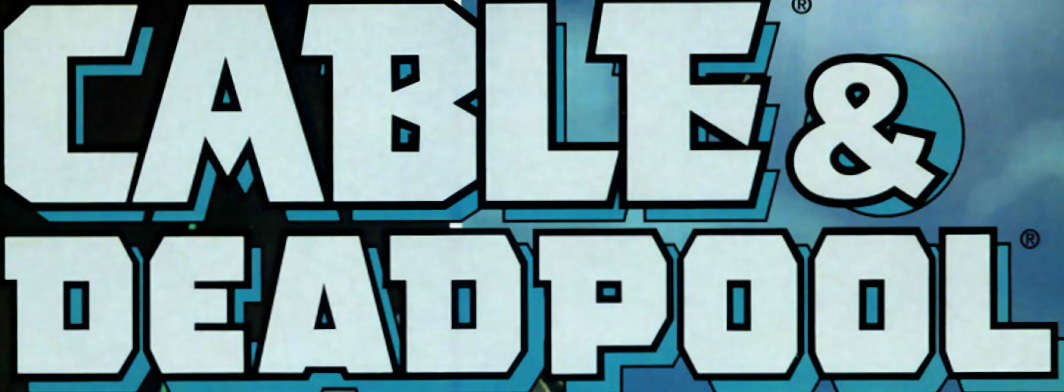
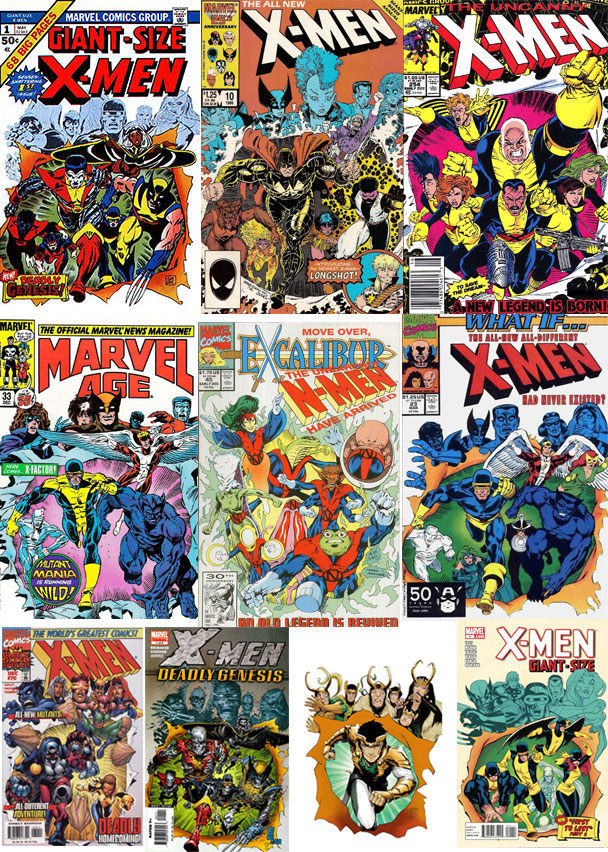



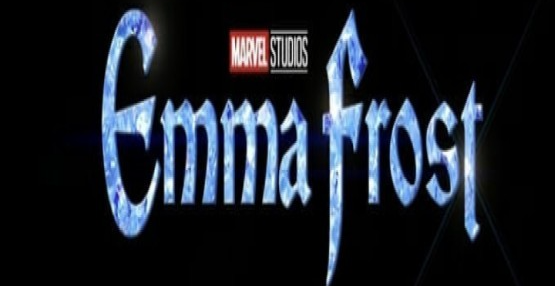



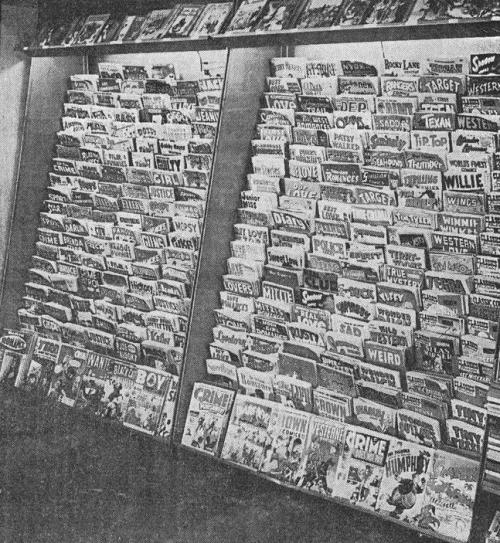
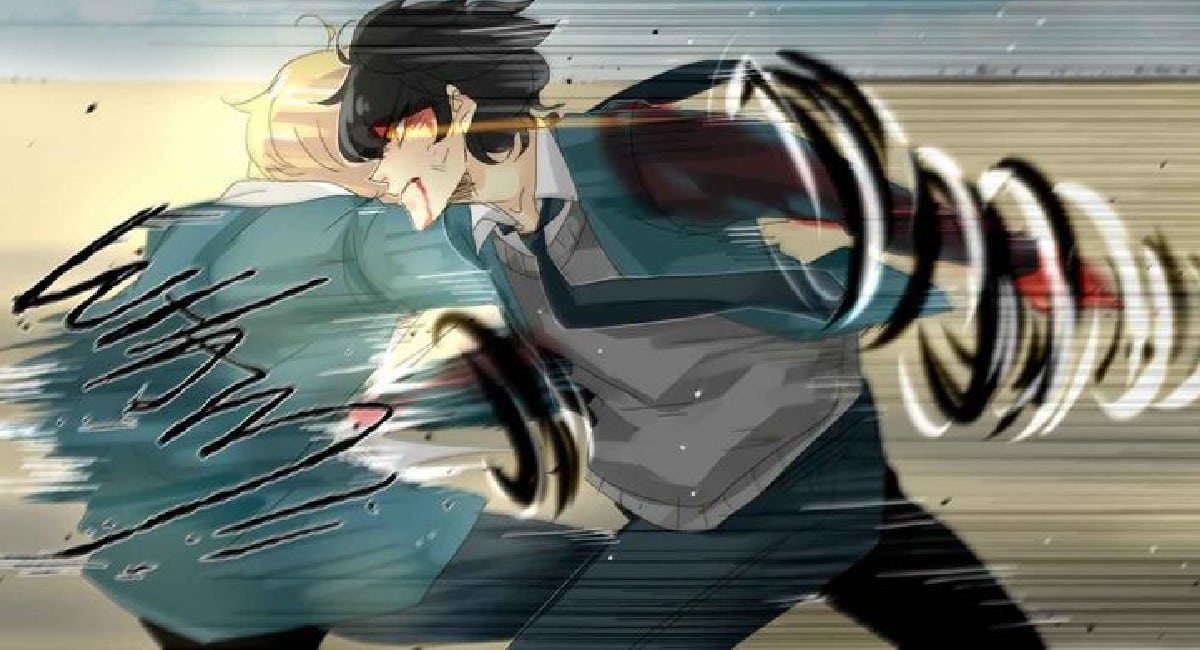
 English (US) ·
English (US) ·